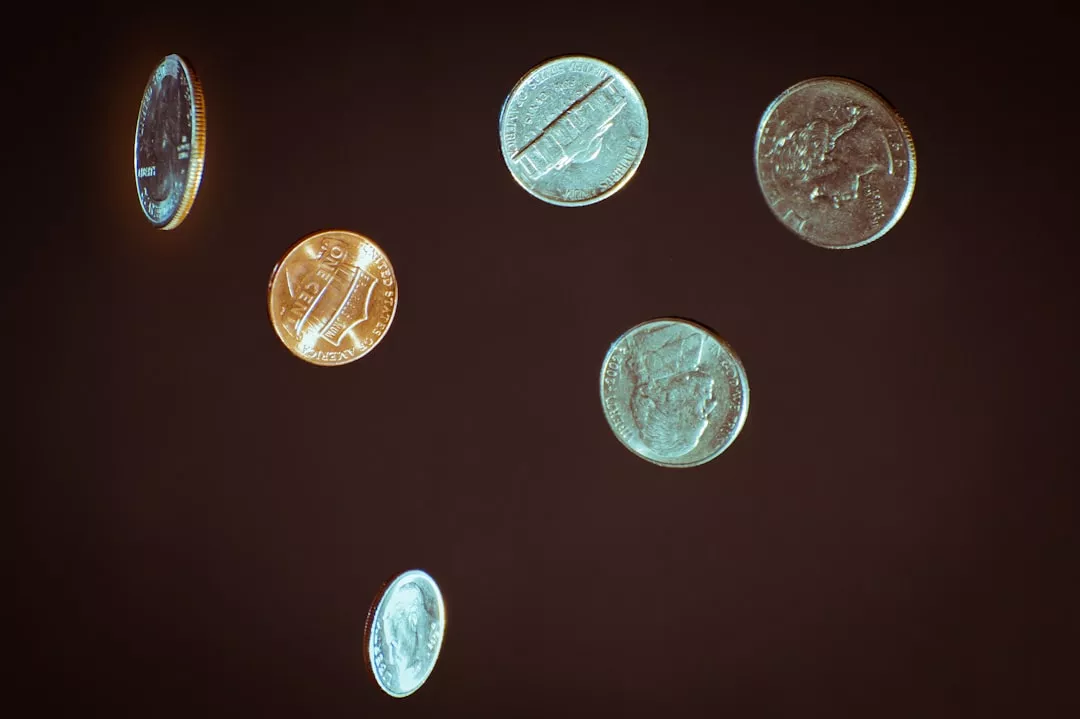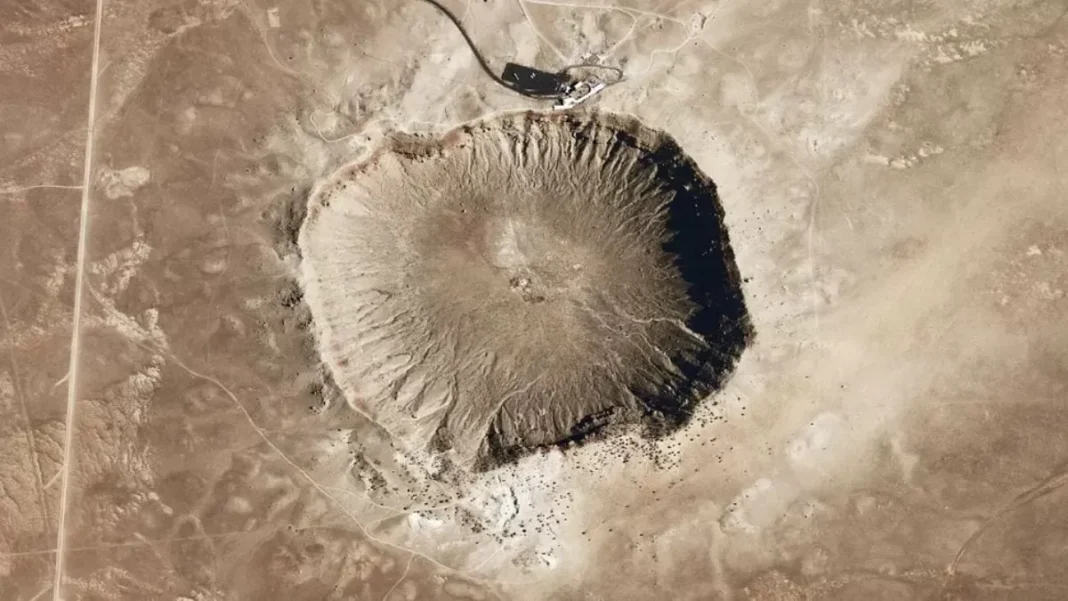The Miralga impact crater, located in Western Australia, has long been considered a significant site for understanding the early history of our planet. With an estimated age of 3.5 billion years, it was believed to be the oldest impact crater on Earth. However, recent research has revealed that the crater is actually much younger than previously thought, with a revised age of 2.7 billion years. This new discovery has not only changed our understanding of Earth’s history, but also highlights the importance of this crater for studying planetary geology.
The Miralga impact crater was first discovered in the 1970s by geologist Dr. Arthur Hickman. Its unique features, such as its circular shape and raised rim, immediately caught the attention of scientists. It was believed that the crater was formed by a meteorite impact, making it a valuable site for studying the early formation of Earth’s crust and the potential for life to have existed at that time.
However, recent studies using advanced dating techniques have revealed that the Miralga impact crater is much younger than previously thought. The new age of 2.7 billion years places it in the Proterozoic era, which is significantly younger than the Archean era, where it was previously believed to belong. This means that the crater was formed after the Earth’s crust had already solidified, and any potential for life to have existed at that time is highly unlikely.
The revised age of the Miralga impact crater has also led to a change in its size. It was previously estimated to have a diameter of 40 kilometers, but new research has shown that it is actually much smaller, with a diameter of just 16 kilometers. This may seem like a significant reduction, but it is actually a common occurrence in the field of geology. As technology and techniques improve, our understanding of geological features can change, and this is exactly what has happened with the Miralga impact crater.
While the revised age and size of the Miralga impact crater may have dashed hopes of using it to study early Earth, it has not diminished its scientific value. In fact, it has opened up new opportunities for studying planetary geology, particularly that of Mars. The Red Planet is known to have a similar geological history to Earth, and the Miralga impact crater provides a unique opportunity to study a Mars-like impact structure on our own planet.
The similarities between the Miralga impact crater and Martian impact craters have already been noted by scientists. The raised rim and central peak of the crater are similar to those seen on Mars, and the impact itself would have created shock waves and melted rocks, just like on the Red Planet. By studying the Miralga impact crater, scientists can gain valuable insights into the formation and evolution of Martian impact craters, which in turn can help us better understand the geological history of our neighboring planet.
Furthermore, the Miralga impact crater is also a valuable site for studying impact processes in general. The impact of a meteorite can have a significant impact on the surrounding environment, and the Miralga crater provides a well-preserved example of this. By studying the rocks and minerals within the crater, scientists can gain a better understanding of the effects of impact events on Earth and other planets.
In addition to its scientific value, the Miralga impact crater also has cultural significance. It is a popular site for geologists and tourists alike, and its unique features make it a must-see destination for anyone interested in Earth’s history. The revised age and size of the crater may have changed its significance, but it has not diminished its beauty and importance.
In conclusion, the Miralga impact crater in Western Australia may no longer hold the title of Earth’s oldest impact crater, but it remains a valuable site for studying planetary geology. Its revised age and size have not diminished its scientific and cultural significance, and in fact, have opened up new opportunities for research. As we continue to explore and learn more about our planet and the universe, the Miralga impact crater will undoubtedly continue to play a crucial role in our understanding of planetary geology.



